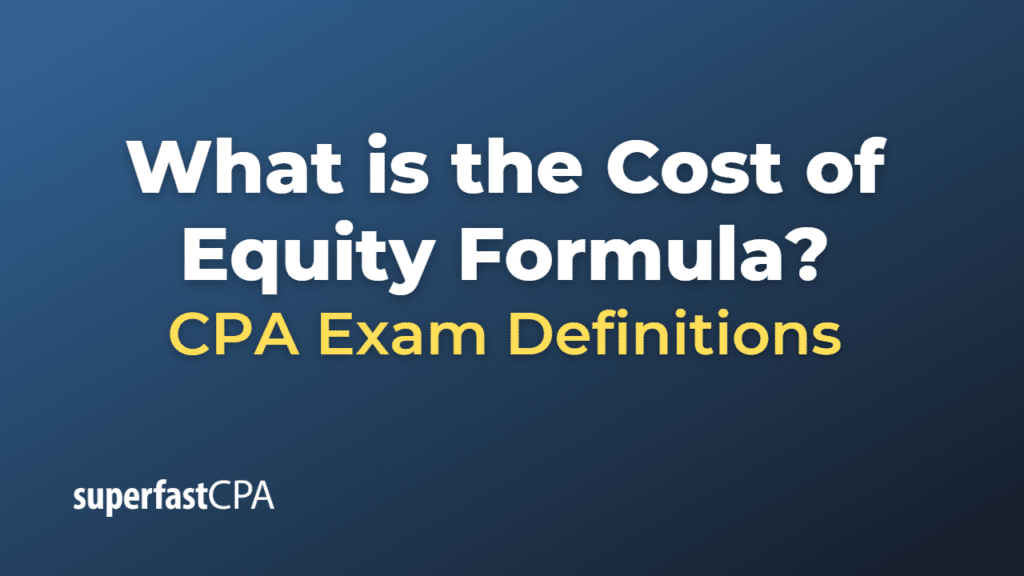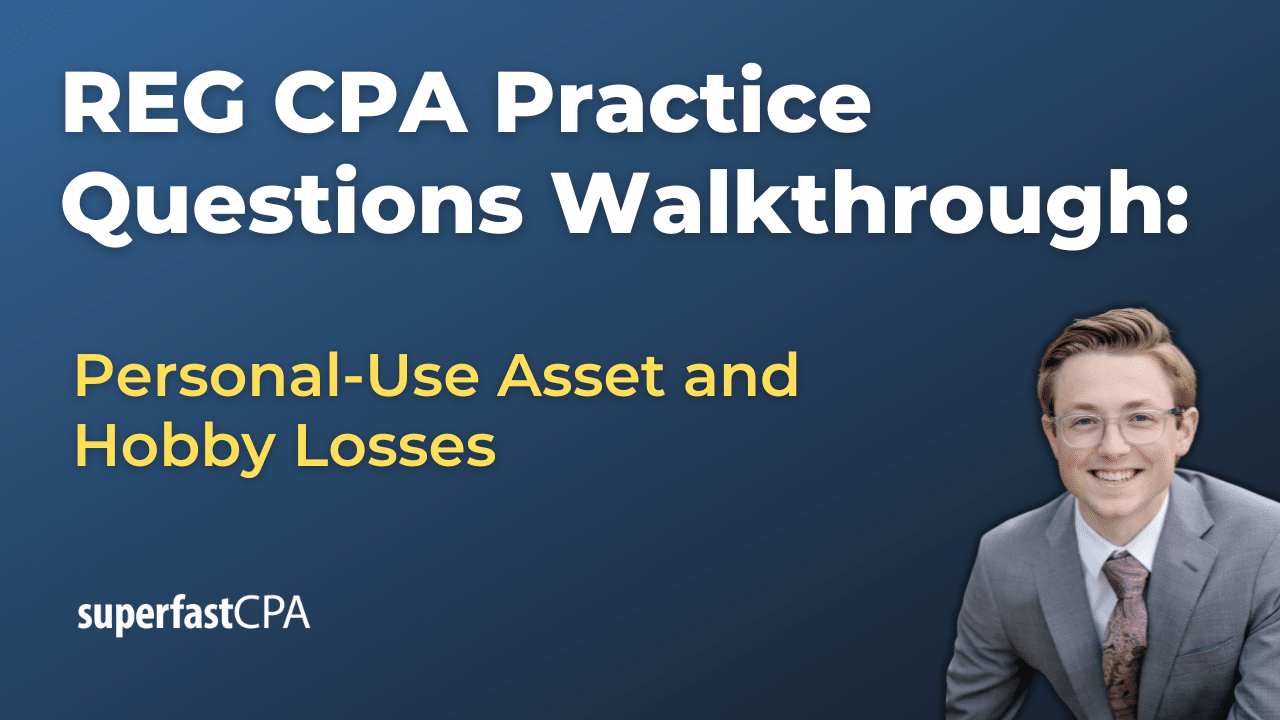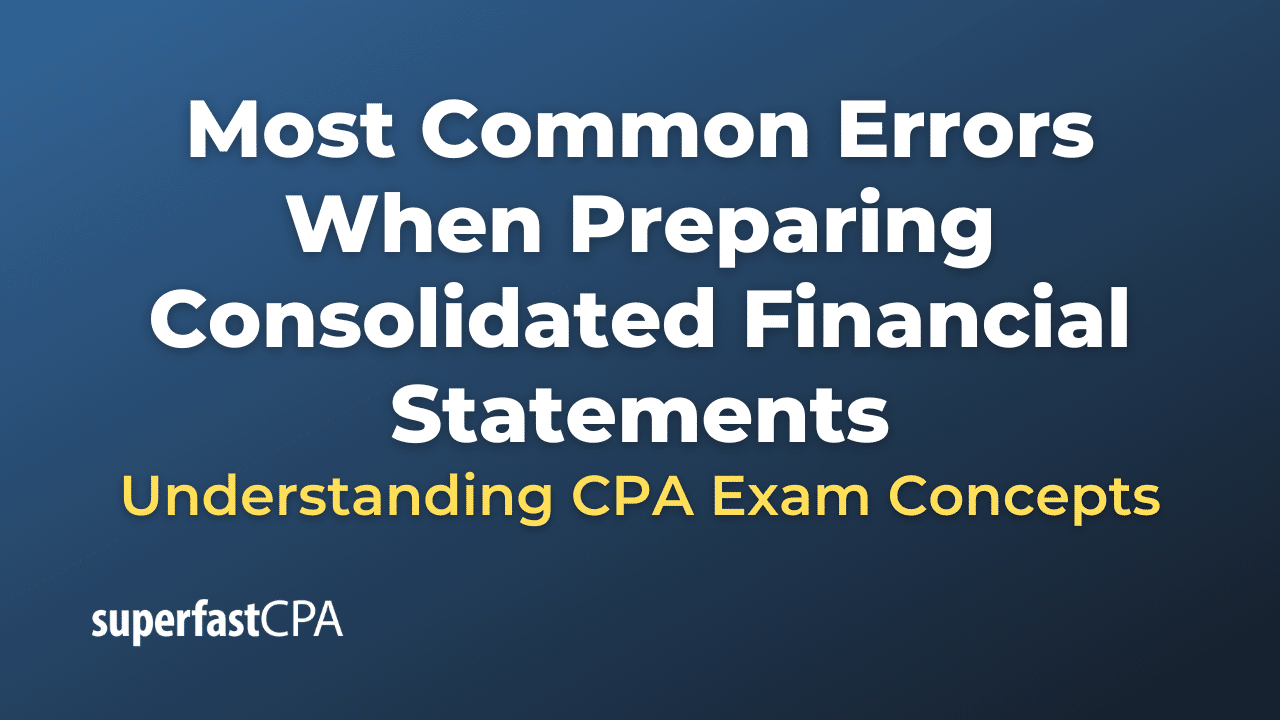Cost of Equity Formula
The cost of equity is the return a company requires to decide if an investment meets capital return requirements. It is used in business valuation to see whether a business is a good investment risk. Companies often use the Capital Asset Pricing Model (CAPM) to calculate it.
Here is the formula according to the CAPM:
Cost of Equity = Risk-Free Rate + Beta * (Market Return – Risk-Free Rate)
Where:
- Risk-Free Rate is the return on a risk-free investment, such as a U.S. Treasury Bond.
- Beta represents the volatility, or systematic risk, of a security or a portfolio in comparison to the market as a whole. Beta is used in the CAPM, which calculates the expected return of an asset based on its beta and expected market returns.
- Market Return is the total return on the market as a whole.
Example of the Cost of Equity Formula
Let’s provide an example using the CAPM formula for the cost of equity:
Cost of Equity = Risk-Free Rate + Beta * (Market Return – Risk-Free Rate)
Suppose we have the following data for a hypothetical company:
- Risk-Free Rate: 2%
- Beta: 1.2
- Market Return: 10%
We can substitute these values into the formula:
Cost of Equity = 2% + 1.2 * (10% – 2%)
Solving this equation gives:
Cost of Equity = 2% + 1.2 * 8%
Cost of Equity = 2% + 9.6% = 11.6%
So, in this example, the cost of equity or the return required by an investor for investing in this company is 11.6%. This means that in order to attract investors, the company needs to offer a return on equity of at least 11.6%.














